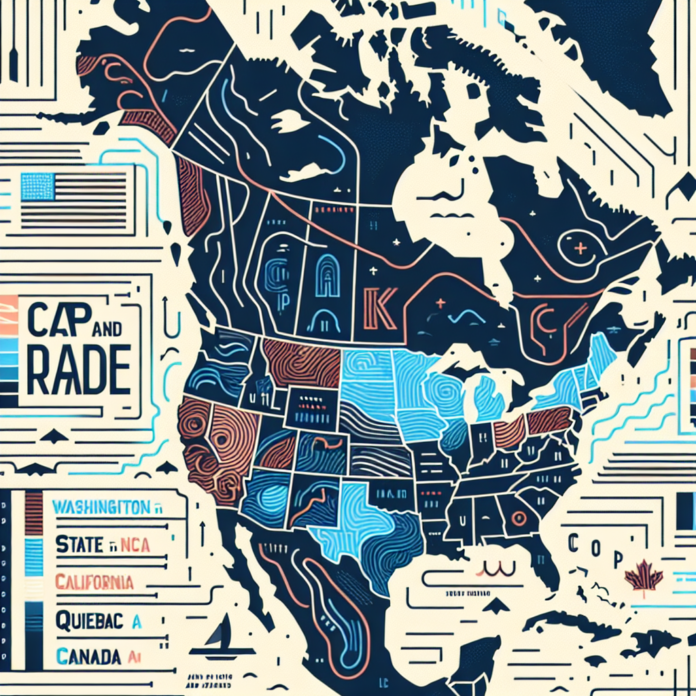Washington Relaunches Cap-and-Trade Rulemaking to Connect with California and Quebec
Washington State Revives Cap-and-Trade Rulemaking to Establish Links with California and Quebec
In a significant move towards enhancing its environmental policies, Washington State has announced the relaunch of its cap-and-trade rulemaking process. This initiative aims to create connections with the existing cap-and-trade systems in California and Quebec, fostering a collaborative approach to reducing greenhouse gas emissions.
The decision comes as part of Washington’s broader strategy to combat climate change and achieve its emissions reduction goals. By aligning with California and Quebec’s programs, Washington hopes to facilitate a more efficient carbon market, which could lead to increased investment in clean technology and renewable energy sectors.
The Importance of Linking Cap-and-Trade Programs
Linking cap-and-trade programs can offer several advantages. It can enhance market liquidity, allowing for a broader pool of participants and more opportunities for companies to buy and sell emissions allowances. This interconnectedness can also lead to more stable carbon pricing and encourage greater emissions reductions across the linked jurisdictions.
California has been operating a cap-and-trade system since 2013, while Quebec joined the program in 2014. Both states have achieved significant reductions in greenhouse gas emissions through these initiatives, making them exemplary models for Washington to follow.
Washington’s Cap-and-Trade Framework
Washington’s cap-and-trade system is designed to set a limit on emissions from various sectors, including transportation, industry, and electricity. Companies that exceed their emissions allowances will need to purchase additional credits from those that have successfully reduced their emissions. This market-based approach incentivizes businesses to innovate and invest in cleaner technologies.
The relaunch of the rulemaking process comes after feedback from stakeholders and the public, emphasizing the need for a robust and effective cap-and-trade system that aligns with Washington’s climate goals. Engaging with California and Quebec is expected to provide valuable insights and best practices, ensuring that Washington’s program is both effective and equitable.
Future Steps and Stakeholder Engagement
As Washington moves forward with its cap-and-trade rulemaking, the state plans to engage various stakeholders, including environmental organizations, business leaders, and community groups. This collaborative approach aims to address concerns and ensure that the program benefits all Washingtonians, particularly those in vulnerable communities who are disproportionately affected by climate change.
The relaunch signifies a renewed commitment to addressing climate change at a regional level, and as Washington strengthens its ties with California and Quebec, it sets a precedent for other states to consider similar collaborations.
In conclusion, Washington’s relaunch of its cap-and-trade rulemaking process marks a pivotal step in its climate strategy. By linking with California and Quebec, the state not only enhances its emissions reduction efforts but also positions itself as a leader in regional climate initiatives. As the program develops, the focus will remain on creating a sustainable and equitable framework that serves the interests of all stakeholders involved.


